- 常春藤中外編輯群
- 發布於 May.06,2024

會議開始的基本內容通常包括以下
延伸閱讀 >> 「沒吃早餐」不是 didn’t eat breakfast?來看這些台式英文你有沒有中招!
會議開始的基本內容通常包括以下:

打招呼與致詞:
向與會者致以問候,歡迎他們的到來。簡短介紹會議主題,強調會議的目的。
確認與會者:
過去與會者的名單,確保所有應參與的人都到齊。
回顧上次會議的行動項目:
如果這不是首次開會,回顧上次會議的議程和行動項目,看看進展如何。
公告議程:
介紹今天的會議議程,列舉需要討論的主題。
提問和回答:
提供與會者機會提出有關議程的問題。
進入主題:
依照議程,開始討論每個主題。確保有合適的資料和文件可供參考。

If we’re all here, let’s get started. / let’s begin. / let’s start. / let’s start the meeting.
如果我們都到齊了,那就開始開會吧。
Thank you all for coming. 感謝大家的到來。
I’ve called this meeting in order to discuss our marketing strategy.
我召開這次會議是為了討論我們的行銷策略。call [kɔl] v. 安排舉行
The purpose of this meeting is to plan our Christmas party.
這次會議的目的是計劃我們的聖誕派對。
By the end of this meeting, I’d like to have a clear idea on how we are going to improve our sales next month.
在會議結束前,我想清楚了解下個月我們將如何提高銷量。
Please join me in welcoming our new employees. 請和我一起歡迎我們的新員工。
join sb in + N/V-ing 加入某人一起做某事
I’ve received apologies for the absence of Mary. She’s had to visit a client.
我收到了瑪麗的道歉信告知無法出席。她得去拜訪一位客戶。
Let’s get the ball rolling. 我們開始吧。
get the ball rolling 開始
Now that it’s all present and accounted for, let’s get the show on the road.
既然大家全數到齊,我們就開始吧。be all present and accounted for 全數到齊
get the show on the road 開始
We don’t have all day. Let’s cut to the chase. 我們時間不多。就直接說重點吧。 not have all day 時間不多
cut to the chase 直接說重點
Let’s get down to business. 我們來談正事吧。
延伸閱讀 >> 「我要付現」不是 I pay by cash!結帳超常見的 6 個英文錯誤,學完再也不尷尬!
單字片語整理
Words in Use
Practical Phrases
Now that it's all present and accounted for, let's get the show on the road.
既然大家全數到齊,我們就開始吧。
This week, I have a lot of work to deal with.
這個星期我有很多工作要處理。
Fred had to deal with a difficult customer at work today.
弗瑞德今天上班時必須應付一位難纏的客人。
I'm afraid that you have to share your room for the time being.
恐怕你得暫時跟別人合住一間房。
The sales figures reveal an upward trend in consumer purchasing.
銷售數字顯示消費者購買力呈現上升的趨勢。










